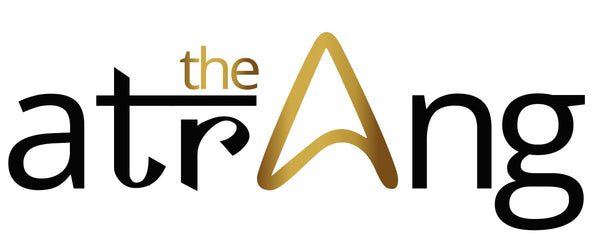Pattachitra, which literally means "cloth picture," is a traditional style of painting from the eastern Indian state of Odisha (formerly known as Orissa). These paintings are characterized by bright colors, intricate details, and the use of simple and bold lines. Pattachitra paintings typically depict Hindu deities, mythological stories, and scenes from village life.
ORIGIN & PROCESS
The tradition of Pattachitra/Patachitra painting was further developed during the 12th century CE, when the Jagannath Temple in Puri became an important center for the arts in Odisha. The process of creating a Pattachitra painting involves several steps. The finished Patta painting or artwork is then framed with cloth borders, which are often adorned with traditional motifs and designs.
One of the most fascinating aspects of Pattachitra/Patachitrapaintings is their evolution over time. Pattachitra paintings continue to be an important part of Odisha's cultural heritage, and are celebrated for their beauty, complexity, and connection to tradition. They are highly sought after by collectors and art enthusiasts around the world, and have been exhibited in museums and galleries across India and beyond. Despite the challenges of modernization and changing artistic tastes, Pattachitra/Patachitra paintings remain a testament to the enduring power and beauty of India's rich artistic traditions.
Some of the most popular themes for these paintings are Lord Jagannath Darbar Pattachitra Painting, Krishna Raslila Patachitra Art, Ram darbar Patta Painting and many more. While it appears simple and rustic, the paintings require a lot of hard work and patience to make. Depending on the size and subject, each painting can take up to months to complete. It requires dedicated and skilled craftsmanship.
Lord Jagannath Darbar | Jagannath Puri Pata Painting
The Lord Jagannath Darbar painting is a traditional Pattachitra style painting from the state of Odisha, India. It depicts Lord Jagannath, his brother Balabhadra and sister Subhadra, seated on a throne in their temple. The Patta painting is characterized by intricate details and vibrant colors, and is created using natural materials like cloth, colors made from vegetables and minerals, and cow dung. The pattachitra painting is steeped in religious and cultural significance, and is considered a symbol of the state's rich heritage and tradition. It is highly valued by collectors and art enthusiasts around the world.
Krishna Rasleela Pattachitra Painting
Krishna Raas Leela is a popular theme in Pattachitra art. The pata painting depicts the playful dance of Lord Krishna with his gopis (female companions) in the forests of Vrindavan. In the painting, Lord Krishna is shown playing his flute while surrounded by the gopis who dance in joy and admiration. Krishna Raas Leela Pattachitra Art not only portrays the beauty of Lord Krishna's playful nature but also celebrates the rich cultural heritage of Odisha. It serves as a testament to the artistic skills and creativity of the local artisans who have kept this traditional form of painting alive for generations.
Ram Darbar Pattachitra Artwork of Orissa
Ram Darbar Pattachitra painting is a traditional folk art from the eastern Indian state of Odisha. It depicts Lord Rama, his wife Sita, his brother Lakshmana, and his devotee Hanuman in a royal court setting. The patta painting is created using natural colors and brushes made from bamboo or animal hair. The intricate details and bold colors of the painting showcase the richness of Indian culture and mythology. It is a popular form of art in Odisha and is often used for religious and ceremonial purposes.
Pattachitra paintings still have a strong connection to the sculptures and mythological tales that were the inspiration for the original scroll art many centuries ago. It is common to see Pattachitra artworks featuring nature, particularly the tree of life, as a central theme.
Buy our extensive collection of Pattachitra art from here, including framed paintings for home wall decor in various sizes. Shop Today!




